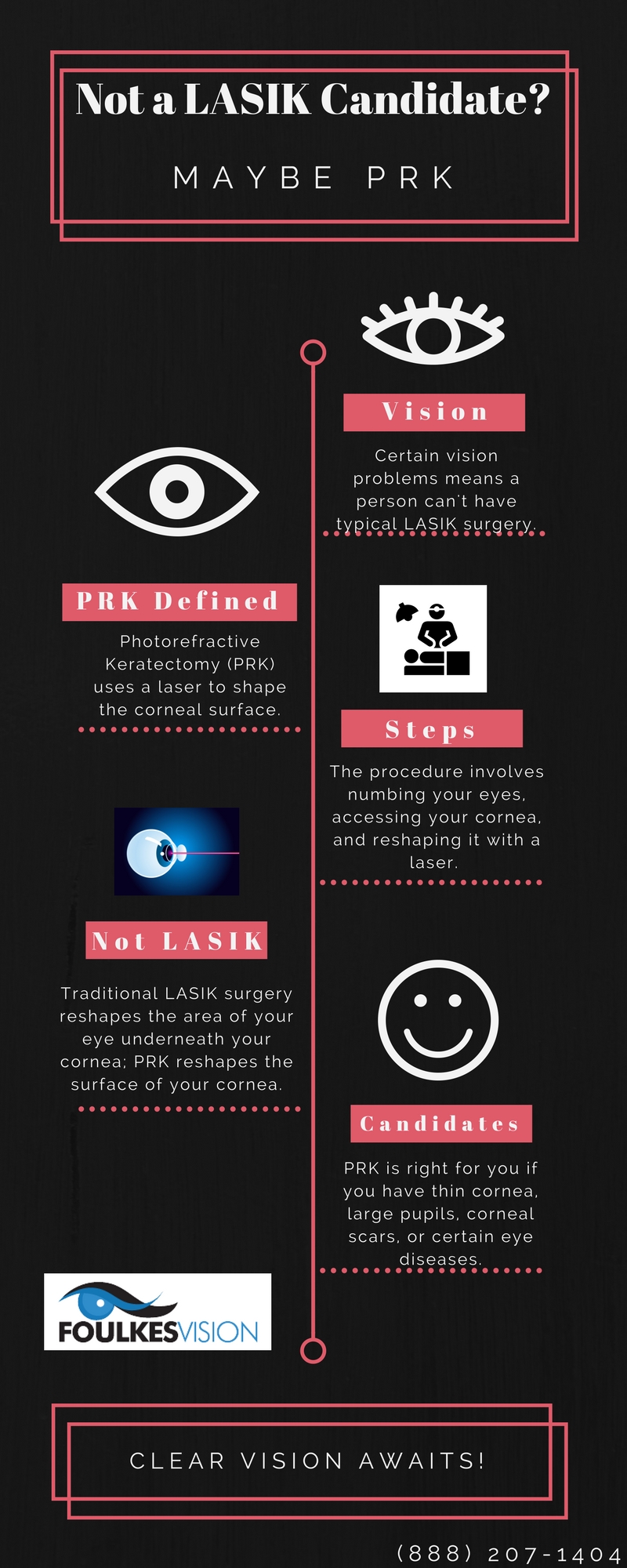A Detailed Evaluation Of Modern Cataract Surgical Procedure Techniques
A Detailed Evaluation Of Modern Cataract Surgical Procedure Techniques
Blog Article
Post By-Hogan Alexander
As you check out the evolution of advanced cataract surgical procedure techniques, you'll witness a journey marked by ingenuity and precision. From old methods that paved the way for modern-day advancements to innovative technologies that are revolutionizing the area, the detailed overview of cataract surgical treatment techniques is a testimony to human progression and commitment to improving individual results. The detailed interplay between historic methods and advanced innovations develops an appealing story that clarifies the development of one of one of the most common surgical procedures worldwide.
Historical Methods and Advancements
Check out exactly how early cosmetic surgeons reinvented cataract treatment by using ingenious strategies and tools. In the past, cataract surgical procedure was a risky and unpleasant procedure. However, ancient Indian medical professionals were amongst the very first to try medical interventions for cataracts, utilizing a strategy called 'formulating' where a sharp instrument was made use of to press the cataract back right into the eye. This approach, though crude by today's standards, prepared for future improvements in cataract surgical treatment.
As time proceeded, Arab doctors made significant contributions by creating specialized needles for cataract extraction. These needles were used to puncture the cataract and after that remove it from the eye, noting a considerable enhancement in medical precision.
Later on, in the 18th century, the French specialist Jacques Daviel spearheaded the strategy of extracapsular cataract removal, where the whole lens was eliminated undamaged through a larger laceration. This noted a major improvement in cataract surgical procedure methods, paving the way for the contemporary treatments we utilize today.
Modern Surgical Approaches
Early techniques in cataract surgery have evolved substantially, leading to the advancement of modern surgical methods that prioritize accuracy and improved client outcomes. Modern cataract surgical treatment now frequently includes a treatment called phacoemulsification, where an ultrasonic gadget breaks up the cataract for elimination via a tiny laceration. This method enables quicker healing and decreases the threat of complications compared to older approaches.
Additionally, making use of advanced intraocular lenses (IOLs) has changed cataract surgical treatment end results. These lenses can remedy not just the cataract but additionally other refractive mistakes like astigmatism, minimizing the demand for glasses post-surgery.
Surgeons today also have accessibility to sophisticated imaging technologies that help in specific preoperative preparation and intraoperative decision-making. Optical coherence tomography (OCT) and various other imaging methods give comprehensive images of the eye's structures, allowing for a more personalized approach to every client's surgical treatment. With these advancements, modern cataract surgery strategies remain to improve, using patients safer treatments and much better visual end results.
Emerging Technologies in Cataract Surgical Procedure
With innovations in innovation transforming the field, cataract surgical procedure is seeing the combination of ingenious techniques for improved individual results. Emerging modern technologies in cataract surgical treatment are improving the landscape of ocular treatments. One such improvement is femtosecond laser modern technology, which enables specific corneal incisions, capsulotomies, and lens fragmentation, leading to enhanced medical accuracy and results.
In addition, intraoperative aberrometry is obtaining popularity, enabling real-time measurements of refractive errors throughout surgery to boost intraocular lens power estimations and reduce postoperative refractive surprises.
Furthermore, using sophisticated imaging technologies like optical coherence tomography (OCT) and intraoperative wavefront aberrometry help surgeons in exact medical preparation and implementation. These tools provide thorough anatomical info and help customize surgical techniques for each individual's one-of-a-kind eye attributes.
Additionally, https://customeyelasiksurgery07384.dsiblogger.com/68065411/just-how-lasik-surgical-treatment-can-transform-your-life-bid-farewell-to-glasses-and-contacts-and-experience-the-flexibility-and-clarity-you-have-actually-constantly-dreamed-of in expert system are being discovered to help in preoperative preparation, intraoperative decision-making, and postoperative care, possibly maximizing medical results and individual satisfaction. Welcoming these emerging technologies in cataract surgical procedure holds guarantee for more improving person results and ensuring the proceeded advancement of sensory surgical methods.
What LASIK Eye Surgery Does
As you journey with the background of cataract surgical procedure, you witness the improvement from old methods to cutting-edge innovations. Like a phoenix climbing from the ashes, cataract surgical procedure has evolved right into a sign of hope and technology.
Just as a caterpillar arises from its cocoon as a beautiful butterfly, cataract surgery has thrived into a refined art kind, offering clients more clear vision and a brighter future.
find more info continues, radiating a light on endless opportunities.
